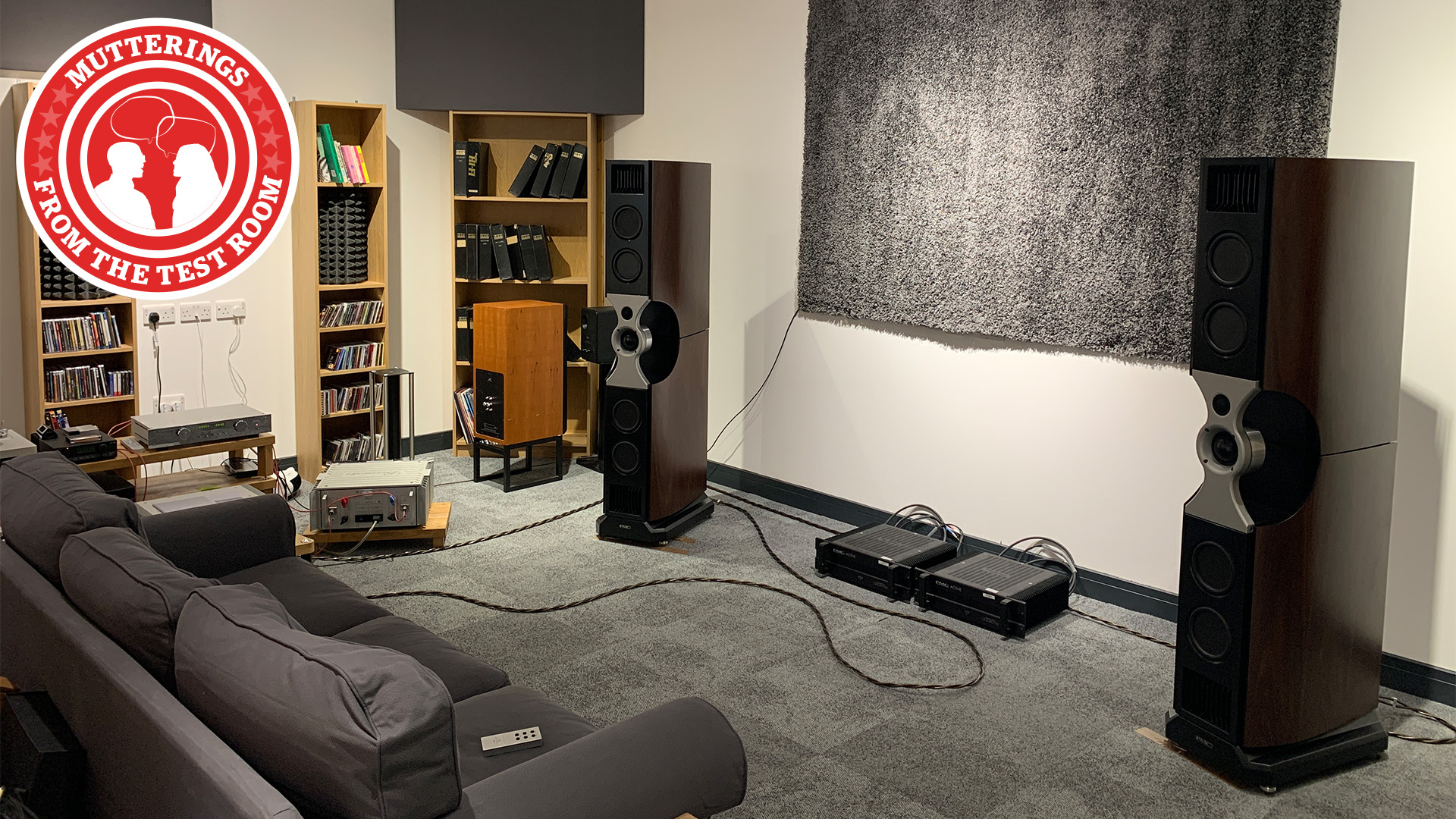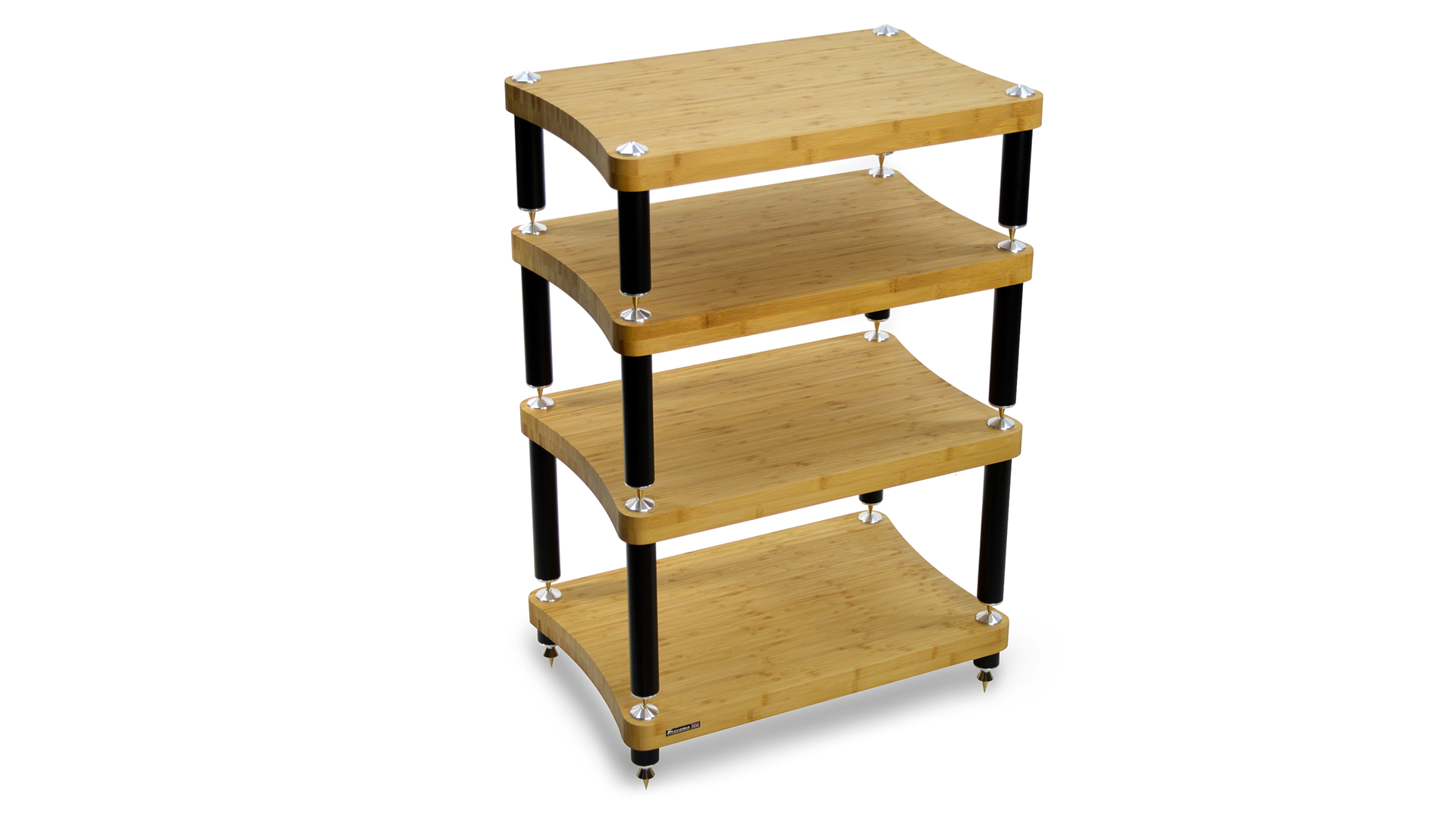5 simple demo steps to reach hi-fi system nirvana
Compare hi-fi components with confidence

If you have visited whathifi.com over the past week or so, you may well have seen that the What Hi-Fi? Award winners for 2023 were recently revealed. Our annual awards season is a mammoth undertaking where we consider every product we have awarded a five-star review to in the preceding year, as well as a raft of brand-new kit, much of which is submitted by manufacturers themselves and some of which are so new that they only go on sale days before our winners are announced.
During this time we compare hundreds of products against one another to arrive at our final list of winners. On one of the many days spent locked up in our test rooms, the reviews team were deciding between a trio of music streamers and it occurred to me that there are some basic rules that should be followed to such a job properly.
This isn’t an extensive list by any means. It isn’t even in any particular order. But follow these simple guidelines when you are demoing kit with the view to buy, and you'll have a much better chance of making the right choice.
1. Set-up is everything

This is the big one, as the way a product is set up can make or break its performance. Let’s start with speakers. If they are standmounters, is the support a good one?
If a manufacturer makes a dedicated stand then that is usually a decent place to start, or just go for one of our speaker stand award winners and you can't go far wrong. It’s a small point, but whether we’re talking about a speaker stand or floorstanders themselves, make sure that the spikes at the bottom are properly adjusted so that the speaker is level and doesn’t rock. Why does the speaker being perfectly level matter? It just looks better.
Next, is the speaker positioned optimally in the room? Check with the manual if you aren't sure where it should go. Do the two pairs you are comparing work best in the same room position or does one have to be moved to work optimally? Some models like to be well away from walls whereas others need a bit of reinforcement to sound balanced.
Either way, always try and pick the pair that works best in the position that you want to use it in. Even the very best speakers won’t sound satisfying if used in a place that they are not designed to go. Don’t ignore the fine-tuning, as the degree of toe-in will affect stereo imaging.
Get the What Hi-Fi? Newsletter
The latest hi-fi, home cinema and tech news, reviews, buying advice and deals, direct to your inbox.
The speakers have to be compatible with the rest of the system, of course. If the amplifier used in the demo hasn’t got the grunt to drive them properly or doesn’t gel with their sonic signature, then you will never truly have an idea how good those speakers can sound.

Turntables, and to a lesser extent CD players, are particularly sensitive to the surface they are placed on, though in my experience every part of the system benefits to some degree from having a rigid, low-resonance support. Record players are easily the fussiest of components when it comes to set-up, from the choice and alignment of cartridge and tonearm, right through to the adjustment of the tracking weight and bias. It all makes a difference. Also, if the turntable is a suspended design then it is well worth checking that this is level and moving freely.
Some people won’t want to hear this, but cables matter. You don’t have to spend thousands but make sure you buy good quality options, and if possible get recommendations from the manufacturer of the electronics. Of course, you can use our audio cable and speaker cable buying guides to help you too.
Ultimately, research is key, so be sure to spend time thinking about partnering equipment (down to the cables) and positioning before diving into the fun – the listening – part.
2. Keep the volume level consistent
An old salesman’s trick is to play the product they want to sell you a little louder. With a short demo, it is an easy way to impress people, as we innately tend to find louder sounds more attention-grabbing. So if you're demoing multiple products at a dealer, make sure the volume level doesn’t change during comparisons.
In the case of comparing speakers, differing sensitivities may mean that you might have to turn the volume control to compensate for any level shifts due to that sensitivity difference. If you are in doubt, there are free SPL (Sound Pressure Level) apps available for iPhones and Android handsets that allow you to measure the sound volume accurately.
3. Listen to a wide range of recordings and music
To get a full understanding of something's talents (and shortcomings), it is important that you listen to a wide range of music when comparing products. You might find that the character of a certain product suits a particular musical genre more than the other, so it makes sense to play the full range of music that you listen to at home during any demo and comparison.
Unless you really do only listen to one music genre, pick the product that performs well across the board rather than the one that only excels with one music type, as over time it will only restrict what you listen to. I’ve made this mistake when system building in the past and, after a few months, found myself gravitating towards only playing the narrow range of music that showed off its strengths – which ultimately isn’t much fun.
4. Avoid snap judgments
Believe me when I say that it is so easy to fall foul of this one. As listeners, we tend to respond to gut feelings, but that doesn't always lead to the best long-term solutions.
In a quick comparison, people will tend to pick the product that is louder, has more bass and/or sounds more exciting. It is only when given more time and a wide range of music that it becomes clearer whether those extra portions are of real value or just have fleeting appeal.
Over time, that extra bass could become an annoying drone (perhaps hard to control in your room environment, even) or the exciting presentation can prove wearing. Try to relax in a demo and don’t rush your decisions – and don't be afraid to come back for a second listening session before you commit to a purchase. Always ask your dealer how much the product has been played, too, as something straight out of the box is likely to take some 'running in' time to settle into its sonic signature.
Ultimately, don’t buy anything until you are sure it is what you want.
5. Know that if the music makes you sad... that's often a good thing!
We love hi-fi products as much as anyone, and there is nothing wrong with that. However, never lose sight of the fact that music is the thing that really matters. While it is tempting to listen out for tiny details or concentrate on stereo imaging or tonal balance, I would suggest that it is best to sit back and take a holistic view instead. Are the emotions of the music communicated well? If there is a vocal or an acoustic instrument, which product makes that sound more real? Also, play a range of recordings and listen out for the product that shows the differences in production and recording quality between them most clearly, as that is the more transparent component.
Follow these simple steps and you will find that comparisons become easier to make and you have more chance of picking the right component for you and your system.
MORE:
Standmounts vs floorstanders: which speaker type should you buy?
Should you buy a streaming amplifier? Here are 3 key pros and 2 cons to consider

Ketan Bharadia is the Technical Editor of What Hi-Fi? He has been reviewing hi-fi, TV and home cinema equipment for almost three decades and has covered thousands of products over that time. Ketan works across the What Hi-Fi? brand including the website and magazine. His background is based in electronic and mechanical engineering.
